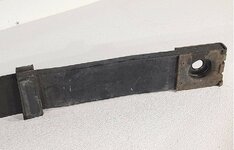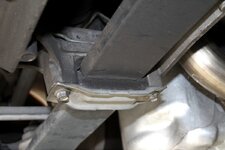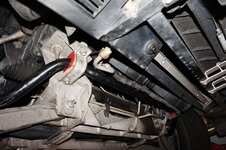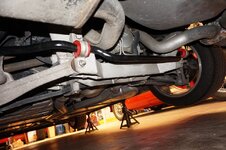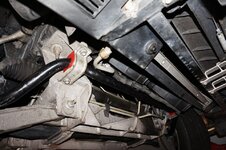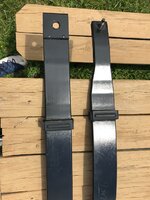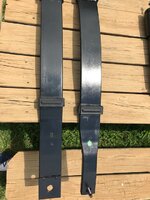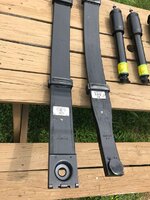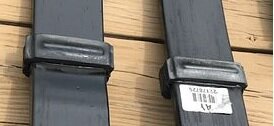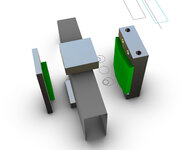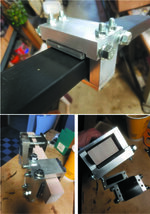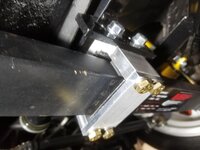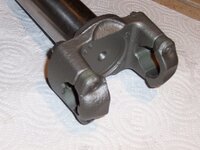I was getting ready to put the car on the ground and looked under the front suspension. There were small chunks of plastic laying on the ground. The source was cushions that are sandwiched between the spring and the spring mount blocks. These have been installed for a week!
Here are the remains of the "cushions".
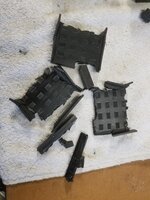
I found out these are a common problem with VBP dual mount spring. So much so that Van Steel is making reproductions. The problem is they are molded out of polypropylene. That is not what they should be made from. I used 80A polyurethane rubber in the back when I made my own mounts. I guess I'll do the same here.
Here are the remains of the "cushions".

I found out these are a common problem with VBP dual mount spring. So much so that Van Steel is making reproductions. The problem is they are molded out of polypropylene. That is not what they should be made from. I used 80A polyurethane rubber in the back when I made my own mounts. I guess I'll do the same here.




